Earlier this week, I planted my second round of seedlings as about half of the ones I had planted in April decided to stay as seeds. I tried to be alertly cognizant of the cool, soothing, wet earth between my fingers. If that means I’ll be seen at CanPrev HQ today with black under my nails; so be it! It was worth having the ‘health moment’ with my hopeful seeds.
This will be my fourth summer self-learning organic gardening. Although it’s a tonne of physical work (more than I had ever imagined), it has been deeply gratifying, though at times frustrating. It has also been eye-opening to the wonders of nature from what started as… a patch of wild, deep-rooted, knotted grass and resilient weeds. The health aspects of being outdoors, getting fresh air, feeling the wind, and connecting emotionally with plans as they grow has been priceless.
My favourite part is eating the tender, young produce but there have been lessons learned through the different failures.
Year 1: Dig, weed and cross your fingers!
The first spring encompassed painfully clearing a rectangular patch of grass 6’ x 18’ that was deep rooted! My team of ‘voluntold’ kids and girlfriend spent hours using sharp shovels, digging and removing the top layer.
Once almost devoid of grass, we hand-picked all the remaining roots and weeds we could visibly see and added bags of triple mix. Seedlings had been growing indoors for weeks (a great project for the kids, especially as I was homeschool at the time!) and were happily moved to the new garden.
The tomato and bean plants remained small, the spinach did not grow at all, and the carrots and cucumbers were stunted. You can try to research the type of soil you are working with to enhance success. Ours had a sandy base, but talking to neighbours with a green thumb, I now know that is the best source!
Year 2: Weed, add nutrients, experiment.
We churned the earth and painfully cleared more fine weeds and grass that were threatening to come back full throttle. I realized that the sandy base was not good for all vegetables so I decided to add more top soil and changed up the seedlings. Chicken manure or ‘chicken poop’ though a bit ‘stinky’ at first is natural and potent, and seemed to help immensely. Eggshells from breakfast were also a regular contributor to the garden nourishment.
Wow, radishes and kale flourished! The beans and tomatoes improved and the squash did quite well (gosh, squash takes up a lot of room!). I also learned which vegetable leaves and flowers were edible. Radish leaves are hearty and tasty with gentle frying, and the large squash flowers make the tastiest soup.
Year 3: More water, more nutrients, keep some weeds!
I have learned how important watering is. A soaker hose turned on during dry spells and vacation time has ‘saved my batch’, if you will. With more soil and chicken manure, the beans, tomatoes, radishes and lettuce are producing more than our family of 6 can eat! This year, I decided to strategically let certain weeds grow so we could add them to our morning shakes. They are free, with no need to grow them indoors as seedlings! Clover, dandelion (which can be found on our lawn), and the lesser known “lamb’s quarters” grow so well in Ontario. I am filling my freezer with them, washed and chopped for the famous long Canadian winter ahead!
Other organic gardening adventures include picking wild apples and brewing up cinnamon cider, to drink hot and fresh, or later on ice. And my little herb tea garden, but I’ll save that for my next blog. If you can, I urge you to find a reason to get outdoors and experience whole health -to kickstart your journey of healing from nature, everyday.
~ Tanya Salituro founded CanPrev in 2005, after 3 separate breast cancer diagnoses. She enjoys organic gardening when not skiing, snowshoeing, swimming, running, playing tennis and hitting the gym.
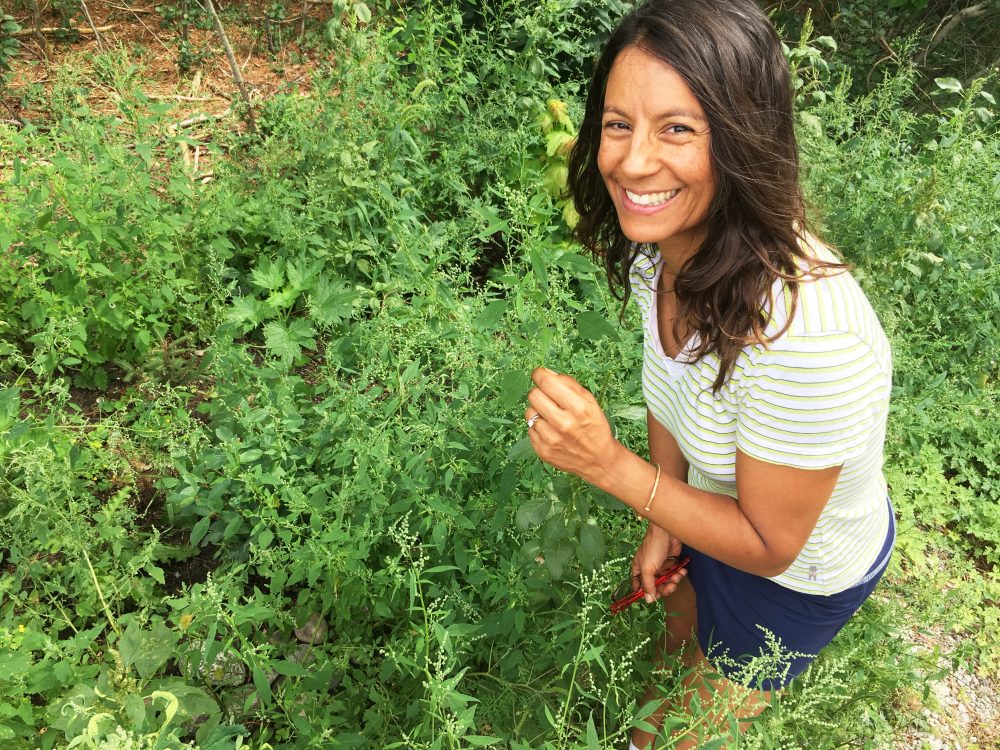
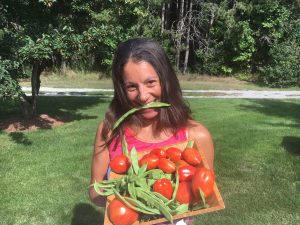

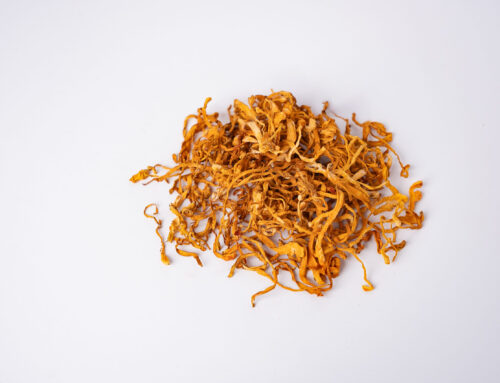
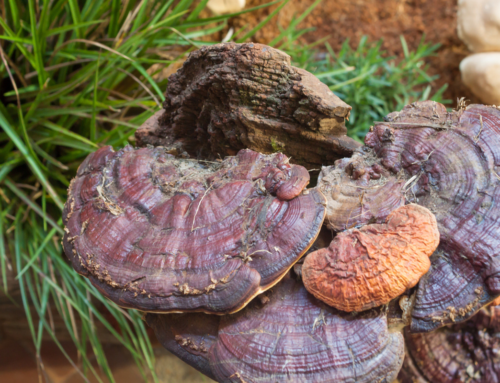
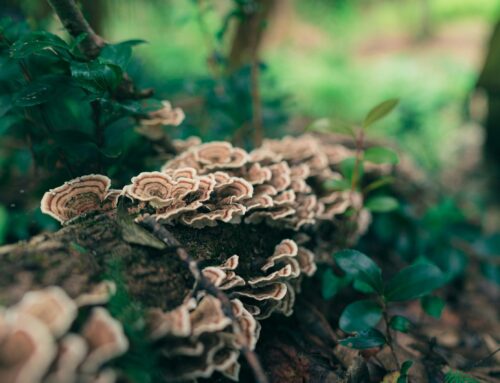


This is wonderful Tanya. Such a great read, thanks for the many advise 😉
Dear Tanya,
thank you for sharing your very special story and the wonderful recommendations on organic farming.
It was a pleasure meeting you in person at the CHFA convention in Toronto. It was an unexpected encounter with someone who really cares. You provided me not only with useful advice for my personal practise but with inspiration, encouragment and emphatie. I truly believe that all you have experienced reflects in your brand CanPrev, which is – besides the thoughtful mix of ingredients, like your B-complex – why I trust it.
Looking forward to seeing you next time, have a wonderful fall season.
Daniela Wachter R.H.N.